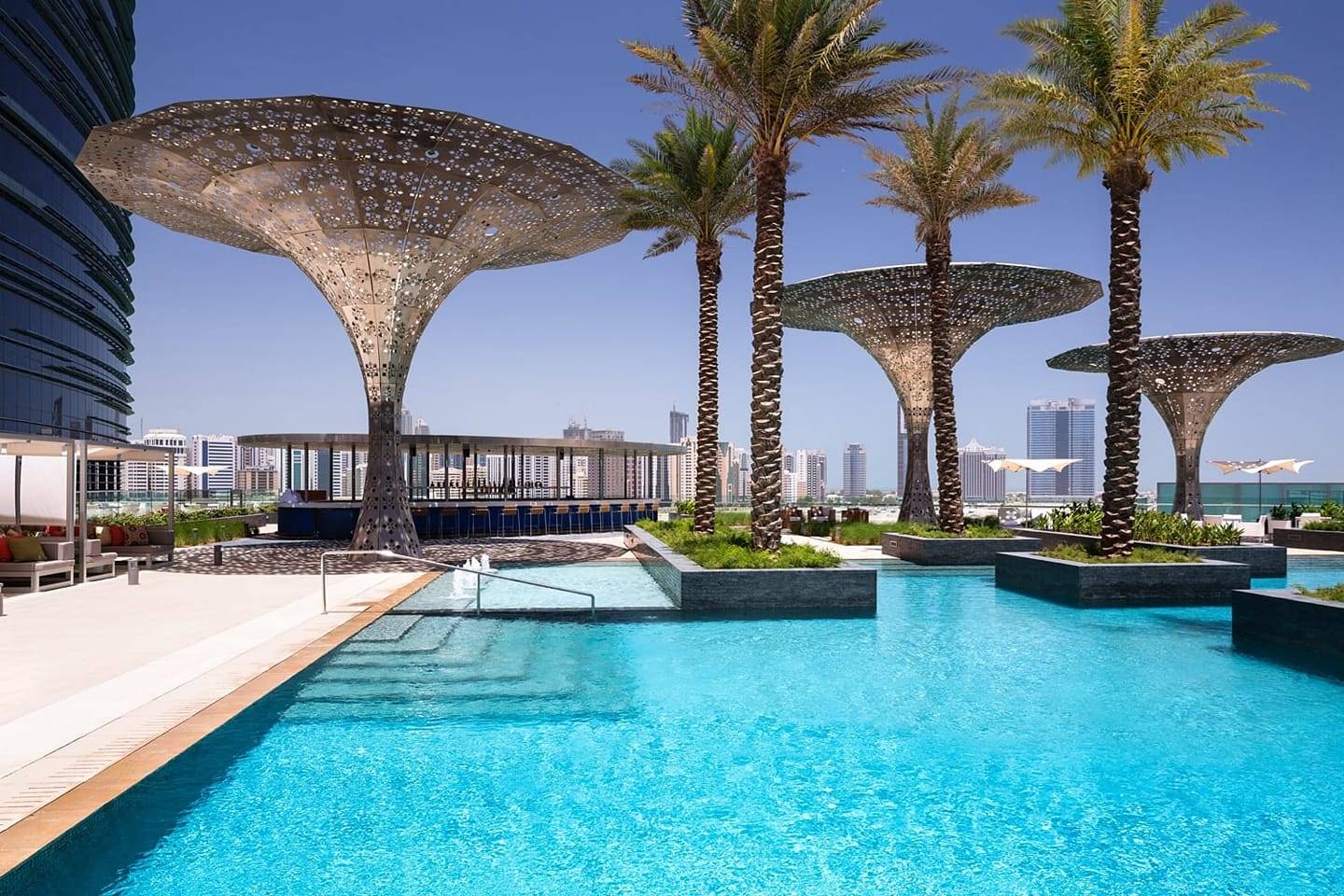On our recent trip to find the best destination wedding venues in Abu Dhabi we were keen to learn about the wedding traditions and cultures in the United Arab Emirates and how they differ so much from our own.
The government actively encourages Emirati men and women to marry, but Expats can also get married in the UAE, either to another expatriate or to an Emirati, as long as they have residency. “Destination weddings” for non-residents aren’t legally binding so the legalities would need to be completed at home.
The actual marriage or “milcha” is largely a legal process, consisting of submitting an application for marriage with fees and completing a screening check for genetic or transferable diseases. The marriage is concluded in an embassy, consulate, temple, church orSharia court, with payment of a dowry and signing of the marriage contract by the groom, the bride, her guardian and two witnesses.
Surprisingly, once legally married the couple don’t immediately embark on their married life together. There is a “milcha period” between the signing of the marriage and the wedding party, typically lasting around 12 months. During this period the coupleget to know each other under the supervision of a chaperone and plan the wedding party. Consummation of the marriage, after the wedding party, seals them as man and wife.
A stricter culture
Across the United Arab Emirates there is a traditional culture. Outside of marriage, the UAE prohibits live-in relationships or any sexual contact for all citizens and residents regardless of their nationality or religion.Lesbian, gay, bisexual and transgender (LGBT) rights are heavily suppressed and gay marriage is neither recognised nor legal.
Henna Night

Usually taking place a few days before the ceremony as part of a week of celebrations, the traditional henna party is exclusive for the bride and her female friends and relatives. Traditionally this is an evening filled with music, food, dancing and of course henna. The bride will have her hands and feet beautifully decorated by the artist symbolising fortune, health and beauty.
Segregated Parties

Emirati wedding celebrations are segregated and usually take place in different places and on different days. The groom has a simple celebration, with the men all dressed in the traditional Kandoura,a simple white dress, congratulating the groom and sharing coffee and dates. Meanwhilethe bride’s party is far more extravagant. The bridal party spend time together in a special bridal suite preparing and dressing before joining between 300-1000 female friends and relatives for a party filled with dancing, entertainment and extravagant decor.
In keeping with the custom for Arabic women to be covered in public, modest attire is expected when guests arrive at the venue, once assembled their abayas and shaylas will be removed, revealing glitzy designer dresses and decadent jewellery. However you won’t see photographs of these parties; cameras are forbidden and taking photos at an Emirati wedding will cause offence.
The groom arrives towards the end of the evening, spending just a few minutes at the reception before taking his bride away to spend their first night together before heading off on honeymoon. The bride and groom prefer not to be seen after the reception so some venues have secret lifts and corridors linking the ballroom to the honeymoon suite.
Government Funds

Many Emirati weddings are big and extravagant, showing a sign of wealth, good luck and blessings. The UAE introduced a wedding fund to assist with the cost of weddings, this is available to those on lower incomes providing both the bride and groom are UAE nationals. This can be a sum of up to 70,000 AED the equivalent of £15,000. The aim in setting this up was to encourage Emirati men to marry Emirati women as well as assisting with the financial pressure of marriage.
Take a look at our beautiful venues in Abu Dhabi to find the perfect location for your wedding.

